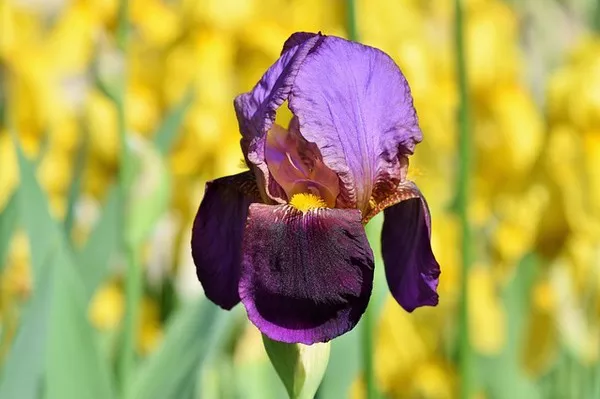Flowers have long been admired for their beauty and fragility. Whether they are received as gifts, used for decoration, or simply enjoyed in a garden, their vibrant colors and delicate petals bring joy to our lives. While the lifespan of fresh flowers is limited, there are several techniques and methods available to preserve their beauty for an extended period. This article serves as a comprehensive guide on how to preserve flowers, offering insights into various preservation methods and best practices to ensure their longevity.
1. Drying
Drying flowers is one of the most traditional and straightforward methods of preservation. It involves removing moisture from the petals and stems, allowing the flowers to retain their shape and color. There are several techniques for drying flowers:
Air Drying: This method involves hanging flowers upside down in a dry, well-ventilated area. Gather small bundles of flowers, secure them with a rubber band, and hang them in a warm, dark place. It may take several weeks for the flowers to completely dry, depending on the humidity levels.
Silica Gel: Silica gel is a desiccant that absorbs moisture quickly. Place the flowers in a container and cover them with silica gel. Seal the container and let it sit for a few days. Carefully remove the dried flowers, taking care not to damage them.
Pressing: Pressing flowers is an excellent way to preserve their natural beauty for crafts and artwork. Place flowers between sheets of absorbent paper, such as newspaper or parchment paper, and press them within heavy books or a flower press. Check on the flowers every few days and replace the paper if necessary.
2. Glycerin Preservation
Preserving flowers using glycerin helps them retain their suppleness and natural color. Glycerin replaces the water content in the flowers, preventing wilting and maintaining their appearance. Here’s how to do it:
Prepare the Solution: Mix one part glycerin with two parts warm water. You can also add food coloring if you want to enhance or change the color of the flowers.
Cut and Submerge: Cut the flower stems at an angle and place them in a container with the glycerin solution. Ensure that the stems are submerged in the solution.
Patience is Key: Allow the flowers to sit in the solution for several days to a week, or until you notice a change in color and texture.
3. Wax Dipping
Wax dipping is a creative preservation method that involves coating flowers with wax to maintain their shape and color. Beeswax or paraffin wax is commonly used for this process.
Melt the Wax: Melt the wax in a double boiler. Ensure that the wax is not too hot to avoid damaging the flowers.
Dip the Flowers: Gently dip the flowers into the melted wax, making sure to coat them entirely. Hold the flowers over the wax to allow any excess wax to drip off.
Hang to Dry: Hang the wax-coated flowers upside down to dry. Once the wax has solidified, the flowers will be preserved and can be used for various decorative purposes.
4. Freeze Drying
Freeze drying is a professional method often used to preserve flowers with minimal loss of color and shape. This method involves removing moisture from the flowers while they are frozen, resulting in well-preserved blooms.
Professional Service: Freeze drying is a complex process that requires specialized equipment. Consider consulting a professional freeze-drying service if you want to preserve flowers using this method.
5. Hairspray Sealant
Hairspray can be used as a quick and easy sealant to preserve the color and shape of delicate flowers. While this method is not as long-lasting as others, it works well for short-term preservation.
Choose Hairspray: Opt for a hairspray with a strong hold but without a high water content.
Spray the Flowers: Hold the hairspray several inches away from the flowers and spray them lightly. Allow the hairspray to dry completely before handling the flowers.
6. Display and Storage
Preserved flowers deserve careful handling and storage to ensure their longevity. Here are some tips for displaying and storing preserved flowers:
Avoid Direct Sunlight: Display preserved flowers away from direct sunlight, as UV rays can fade their colors over time.
Dust Regularly: Dust the preserved flowers gently using a soft brush or compressed air to prevent accumulation of dirt and debris.
Glass Containers: If you want to display your preserved flowers, consider placing them in glass containers to protect them from dust and humidity.
Moisture Control: Use silica gel packets in storage containers to absorb any excess moisture and prevent mold growth.
Handle with Care: Preserved flowers are delicate, so handle them with care to prevent breakage or damage.
In conclusion
preserving flowers allows us to cherish their beauty long after they have been picked. Whether you choose to air dry, use glycerin, wax dip, freeze dry, or employ a quick hairspray sealant, each method has its own benefits and considerations. By following the steps outlined in this comprehensive guide, you can master the art of flower preservation and enjoy their elegance for years to come.


